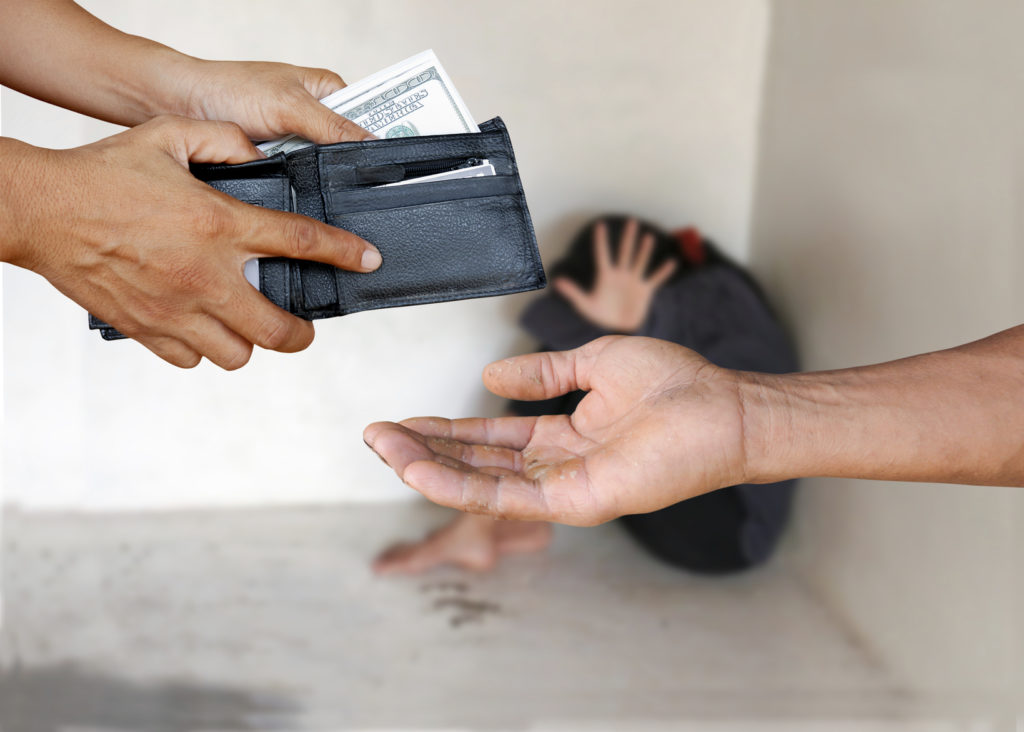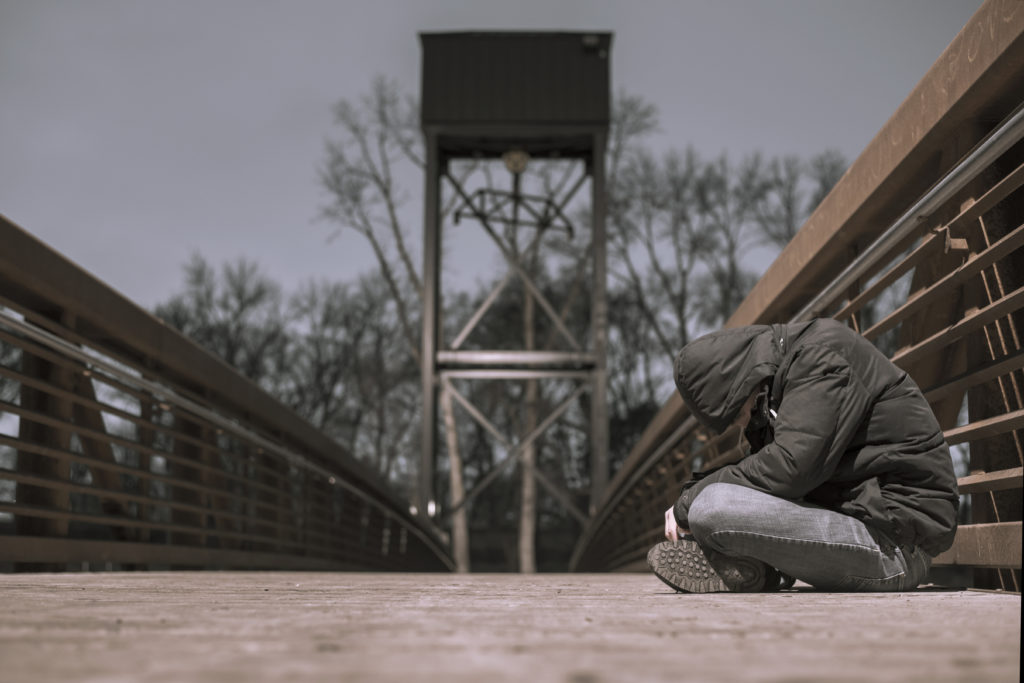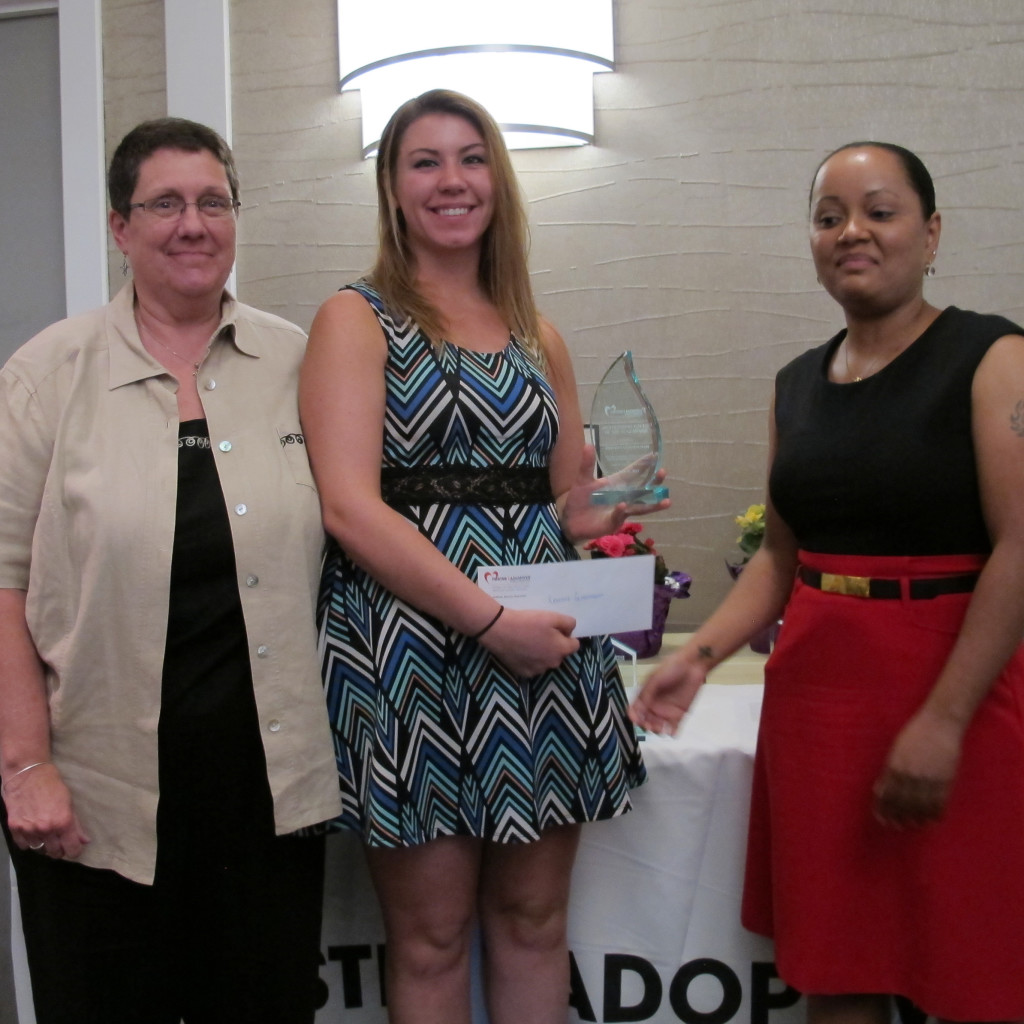Human trafficking is a growing concern not just in the United States but in the entire world. Often times, public perception is that slave labor is primarily a major issue in developing countries. However, the reality is there is a gradual trend in our own American backyard: an increasingly large number of foster kids being sex trafficked. Commercial Sexual Exploitation of Children (CSEC) is the most common form of human trafficking in America and runaway and homeless youth, namely foster kids, are its primary victims.
The Victims of Trafficking and Violence Protection Act of 2000 defines sex trafficking as inducing any child under the age of 18 to engage in commercial sex. The National Center for Missing and Exploited Children (NCMEC) estimates that one in six endangered runaways were likely to be sex trafficking victims in 2014. In 2013, it was one in seven.
However, no matter how harrowing these statistics may be, it is believed the actual numbers are likely worse.






